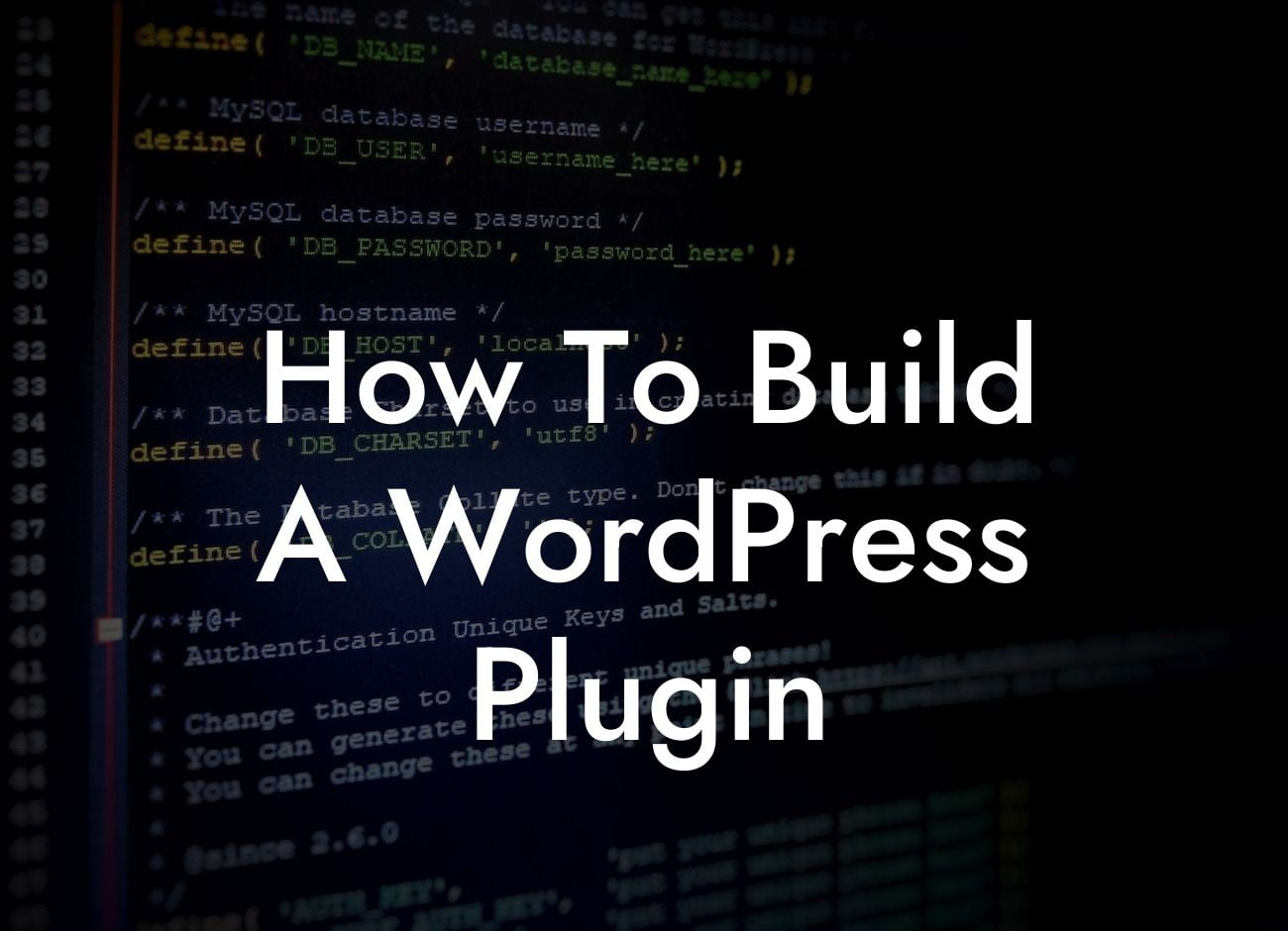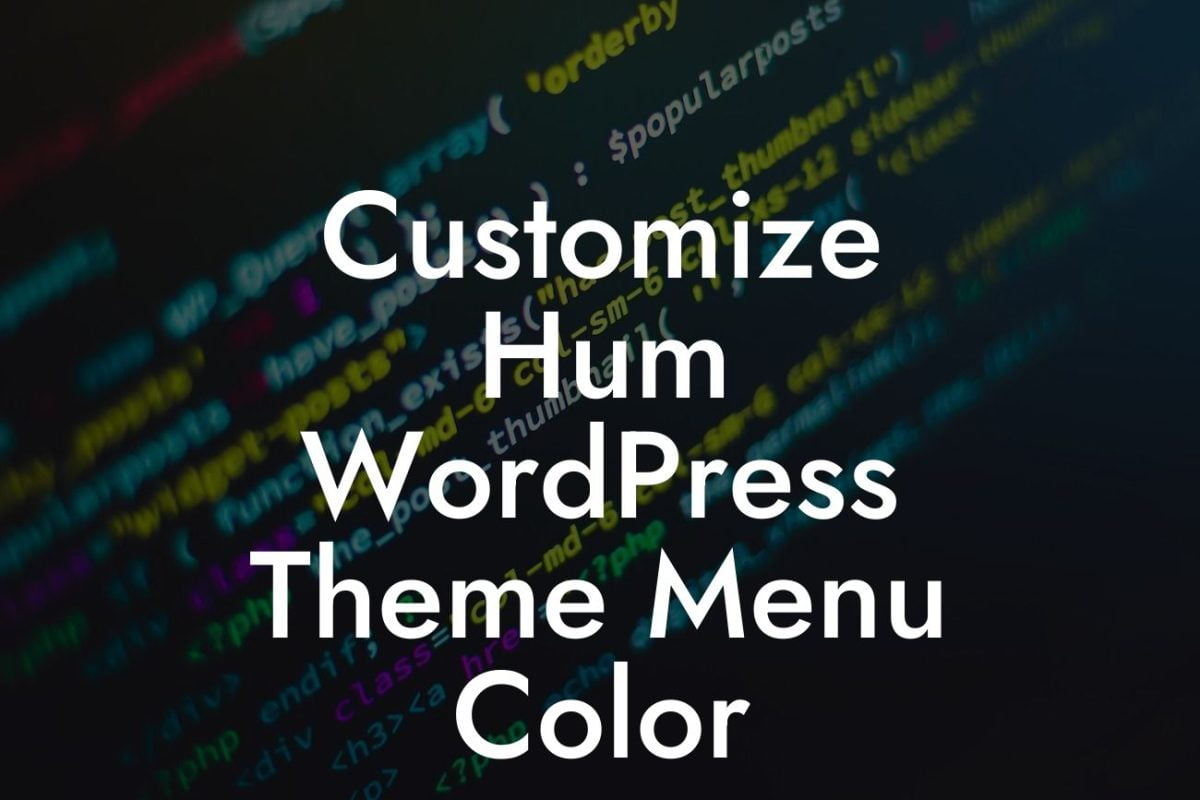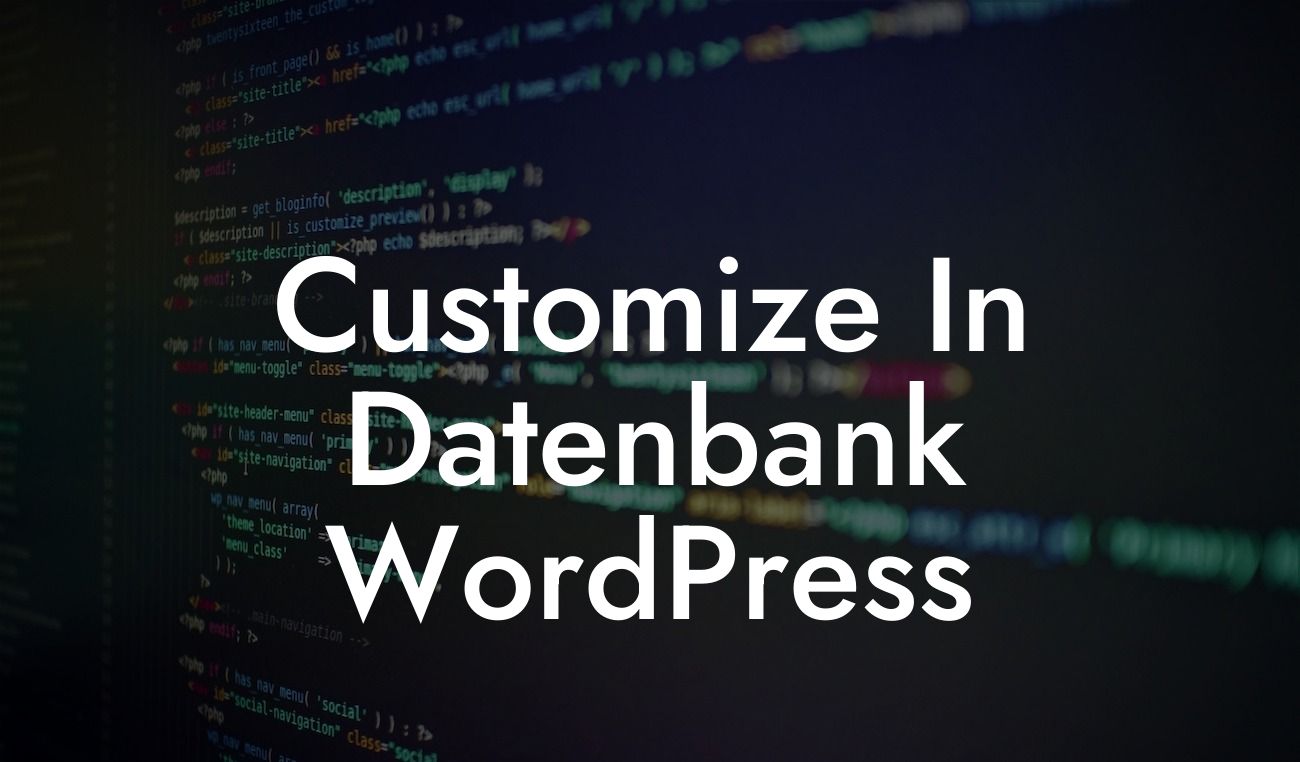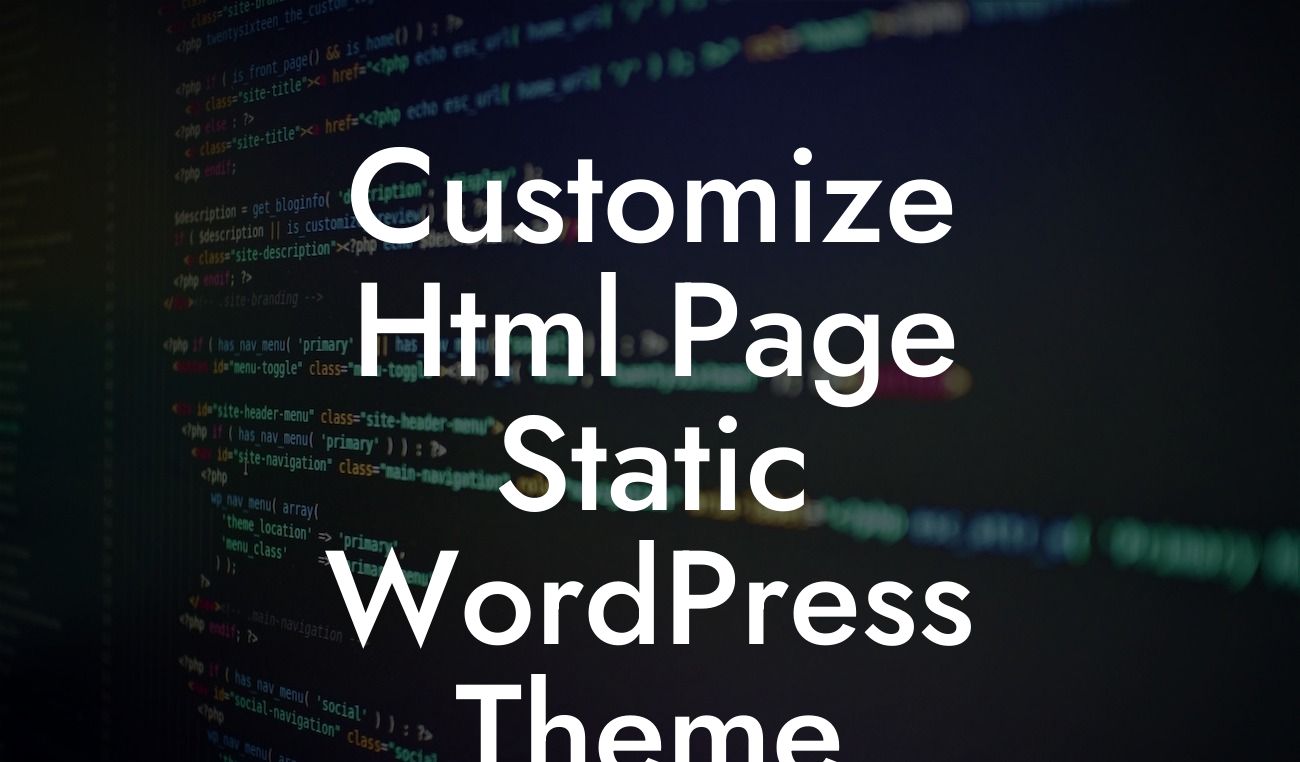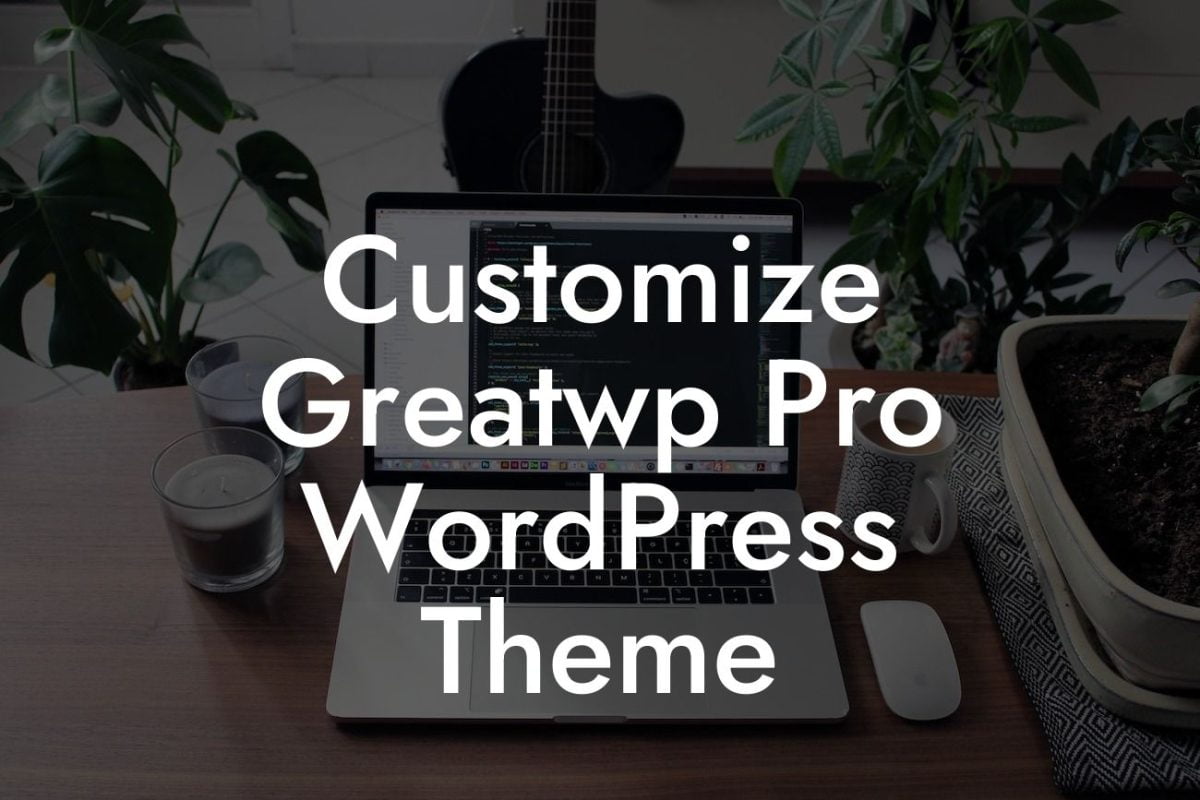Building a WordPress plugin may seem like a daunting task, but with the right guidance and resources, it can unleash tremendous potential for your small business or entrepreneurial venture. At DamnWoo, we specialize in creating awesome WordPress plugins designed exclusively for the needs of small businesses and entrepreneurs. In this comprehensive guide, we'll walk you through the process of building a plugin that will elevate your online presence and supercharge your success. Get ready to say goodbye to cookie-cutter solutions and embrace the extraordinary.
Creating a WordPress plugin requires a systematic approach and a clear understanding of the needs and objectives of your target audience. Let's dive into the step-by-step process that will guide you towards building an exceptional WordPress plugin:
1. Research and Planning:
Start by identifying the pain points and challenges faced by your target audience. Conduct thorough market research and competitor analysis to gain valuable insights. Determine the unique features and functionalities your plugin should possess to stand out from the competition.
2. Define the Scope:
Looking For a Custom QuickBook Integration?
Clearly define the scope of your WordPress plugin. Identify the core functionality and additional features that will enhance its value proposition. Break down the development process into manageable milestones to ensure a smooth and efficient workflow.
3. Design and User Experience:
Create a visually appealing design that aligns with your brand identity. Focus on intuitive user experience, ensuring that your plugin is easy to navigate and understand. Implement responsive design elements to make it accessible on multiple devices.
4. Coding and Development:
Get your hands dirty with coding! Leverage WordPress development best practices and standards to create clean and efficient code. Take advantage of WordPress hooks, filters, and APIs to seamlessly integrate your plugin with the platform. Test your plugin thoroughly for any bugs or compatibility issues.
5. Documentation and Support:
Document your plugin's features, functionalities, and usage instructions in a comprehensive manner. Offer clear and accessible documentation for users to refer to. Provide prompt and reliable support to address any queries or issues that users may encounter.
How To Build A Wordpress Plugin Example:
Let's consider a realistic example to illustrate the process. Imagine you're an entrepreneur looking to create a booking management plugin for small accommodation providers. Your plugin could include features such as real-time availability tracking, customizable booking forms, and automated email notifications. By catering specifically to the needs of small accommodation providers, your plugin becomes a valuable tool in streamlining their booking management processes.
Congratulations! You've gained a comprehensive understanding of how to build a powerful WordPress plugin. Now it's time to put your knowledge into action and take your online presence to new heights. Explore the wide range of guides and resources available at DamnWoo to further enhance your WordPress expertise. Don't forget to check out our awesome plugins, crafted exclusively for small businesses and entrepreneurs. Share this article with others who can benefit from it, and let's embark on a journey of extraordinary success together.

